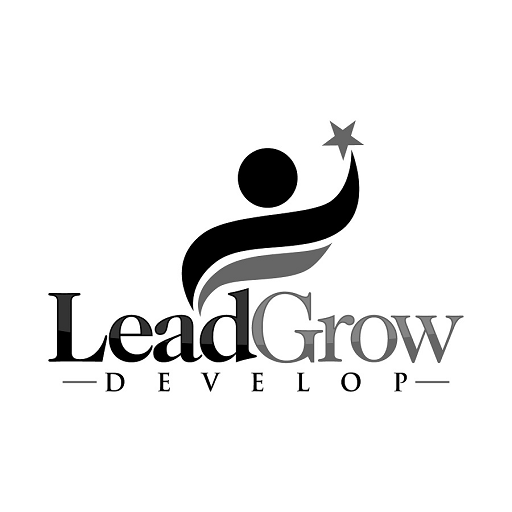In the AI lifecycle, data labeling is the first step. It is required for training AI or ML models and will lay the foundation for developing accurate and predictive models. Data labeling is process-driven and requires precision work and skills for better outcomes. It is a process by which datasets are labeled, marked, colored, or highlighted to mark similarities, types, or differences. These datasets can be from unstructured sources like cameras, sensors, emails, social media, or structured sources. The labeled data is fed into an algorithm to train an AI model, and labeling enables the algorithm to learn from data appropriately.
Data labeling, also known as data annotation/tagging/classification, helps the ML models learn to recognize repetitive patterns in labeled data. Most of the current ML models are trained through “supervised learning.” This supervised learning entails adding keywords to unstructured data such as videos, images, audio, or text to help the machine learn the keywords’ concepts.
The data preparation and engineering tasks take up to 80% of the time involved in most ML projects. It is the labeled data that helps to make AI “intelligent.” The accuracy and integrity of labeled data can help to develop high-performance models. The datasets that are poorly labeled can result in re-work, delays, and cost inefficiencies. Inaccuracies and error-prone work, and an inefficient labeling approach that does not cover the full scope of your use case can lead to poor performance of your ML model. As businesses are increasingly adopting AI and ML technology for automating decision-making and creating new business opportunities, data labeling can pose challenges to companies in AI adoption. Data labeling is critical to help AI unleash the potential for boosting business growth. Hence, enterprises must optimize people, processes, and technologies in the labeling workflow to generate successful results. Outsourcing labeling solutions to top data labeling companies will enable you to employ the right skills and improve data labeling efficiency and accuracy. Here are few things you should consider to increase the efficiency of your data labeling approach.
Define Your Taxonomy with Care
Taxonomy represents the strain of keywords that helps to name, describe, and classify objects. It categorizes data into categories and sub-categories and is an integral part of data management in the labeling process. Define the scope of data taxonomy with care, and within the taxonomy document, identify each top-level label and provide several examples where the label would be appropriate. Taxonomy labeling helps in creating suitable standard labels and use them to the best effect.
Active Learning
Active learning is a semi-supervised data annotation approach. In this process, you need to label just a subset of the available data and achieve the best learning result with a limited labeled data set. The data annotators select an initial sample from unlabeled data, and based on the developments in each step; they incrementally select and label more data. Active learning approaches include membership query synthesis, stream-based selective sampling, and pool-based sampling. In membership query synthesis, the active learner will generate a synthetic instance and request a label. In stream-based selective sampling, the algorithm selects an example one by one and decides to label or ignore it based on specific parameters. In a pool-based sample, the data annotator assumes a large pool of unlabeled instances and ranks it appropriately to select the best queries for labeling.
Optimize Your Workforce
Human capital allocation is also a necessary aspect of your data labeling approach. The data labelers must work on highly repetitive and time-consuming tasks. If your in-house team is concerned with producing the labels, they must avoid their most expensive human capital from spending too much time in these processes. Since workforce scalability is also a pertinent issue, most companies find it difficult to allocate a team to keep up with the demands. Moreover, if they lack domain knowledge, they may not know the context, leading to inaccurate models. Hence, outsourcing is an optimal solution that helps you get quality solutions for your data labeling approach and improve model performance. You can scale your need in real-time without facing any latency, and choosing the right firm with appropriate domain knowledge can help you build high-quality labeled datasets to train ML models. With this, the model can achieve very high levels of accuracy. The growing volumes of data will not pose a problem and save time and costs involved in the data labeling processes.
Automation In Labeling
Companies are beginning to develop automated tools for labeling. It helps to decrease labeling time and costs and improve output generation speed. However, some ML models require more nuanced and custom annotation or labeling work, and it will take some time before these automated tools can achieve a higher accuracy level.
To Conclude:
Companies must adopt the best data labeling practices to reduce labeling time and cost and increase labeling accuracy. Because high-quality labeled datasets are critical for developing high-performance models, it is essential to optimize the data labeling practices.
